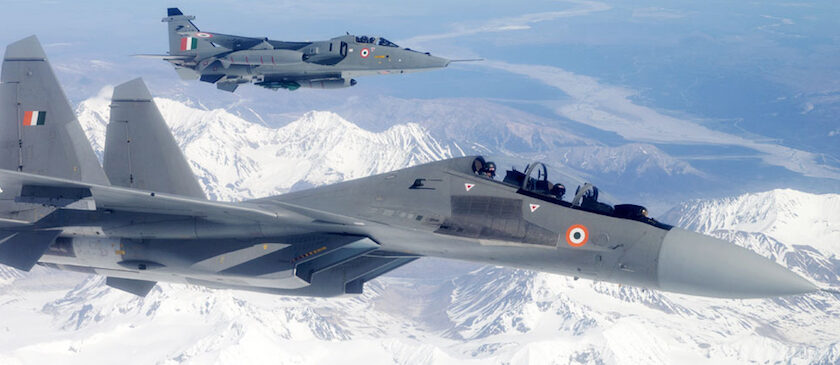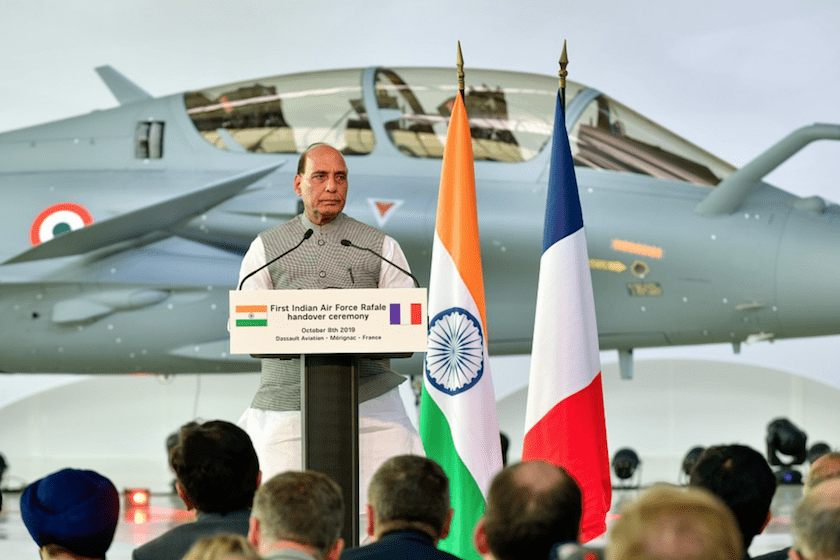For the past few years, Beijing has multiplied provocations as part of a fait accompli policy, taking advantage of the relative diplomatic apathy of the great Western powers, led by the United States. The press regularly reports on Chinese naval deployments near Taiwan or various Japanese archipelagos. In recent times, Chinese interference in the domestic politics of Hong Kong, in violation of the 1997 retrocession agreements, also made the headlines. However, in the heart of the global health crisis, it is now on the Indian border that bloody skirmishes have taken place.
With several dozen deaths on both sides of the Line of Actual Control, in the Himalayan region of Ladakh, the Sino-Indian crisis that began in May is the most serious since the conflict. which had opposed the two countries in 1962. As Beijing and New Delhi continue to amass their troops in the mountains, diplomats are trying more and more difficult to calm tensions. In this explosive context, the Indian authorities therefore logically accelerated the modernization of the country's armed forces. This first involves an acceleration of military deliveries, slowed down by the pandemic, but also by ordering 33 new Russian fighter jets: 21 MiG-29 and 12 Su-30MKI.

A particularly tense context

75% of this article remains to read,
Subscribe to access it!
The Classic subscriptions provide access to
articles in their full version, and without advertising,
from 6,90 €.
Newsletter subscription
Register for the Meta-Defense Newsletter to receive the
latest fashion articles daily or weekly

